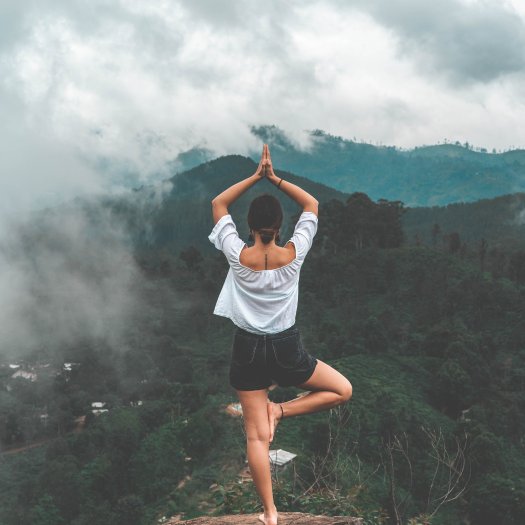The trendy sport of yoga can be learned step by step - regardless of age or fitness level. The important thing is not to be too hard on yourself, to know your own limits and to approach each yoga exercise slowly. Without stress, without pressure to perform and without excessive ambition. After all, yoga is for the soul, and not comparable to classic endurance training.
These yoga exercises are ideal for beginners and guarantee long-term success.
The essence of yoga is breathing. It supports concentration and endurance in the so-called asanas. It also signals when you might be overdoing it. If you can no longer let your breath flow calmly because of all the exertion, you should allow yourself some time out. Beginners in particular initially have difficulty staying focused and present during yoga. To keep your mind from wandering, it can help to focus on deep nasal breathing. This classic breathing exercise practiced during yoga is called Ujjayi breathing. The deep breathing through the larynx is reminiscent of a calm ocean roar.
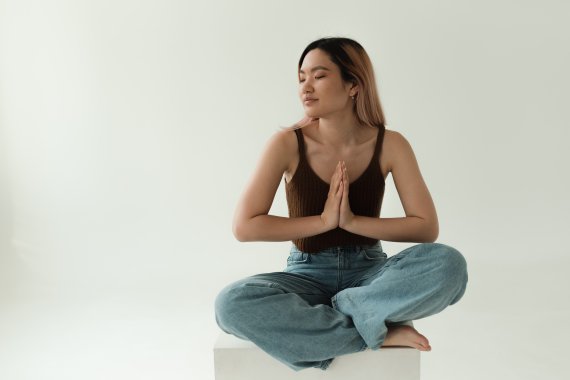
The Downward Looking Dog is one of the most common yoga exercises. Due to its frequent execution, it is especially important to learn the position correctly. It strengthens the arms, stretches the back, neck and also relaxes the body after a strenuous yoga practice. So how to properly position the body for the dog looking down?
Here's how: The body as a whole forms a kind of triangle. The fingers are spread apart and the hands are mat-width apart. The highest point is the hip, while the back is stretched straight through. The head looks down and the neck remains relaxed so that it is relieved. At best the legs are fully extended.
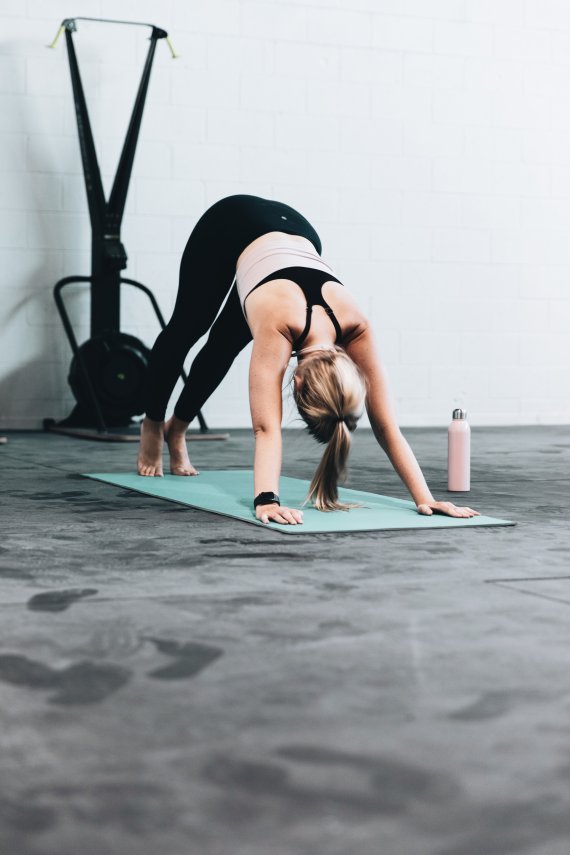
The support position often follows the dog looking down. With a straight back and outstretched arms and legs, the arm, back and abdominal muscles are strengthened at the same time. What looks simple can be strengthening for the whole body in the long run.
How it works:Place your hands under your shoulders in Plank Pose. Legs, back and neck form a straight plane. The tips of the toes touch the floor. Afterwards, the push-up is often practiced, in which the elbows are slowly bent and the body is leisurely laid down on the yoga mat.
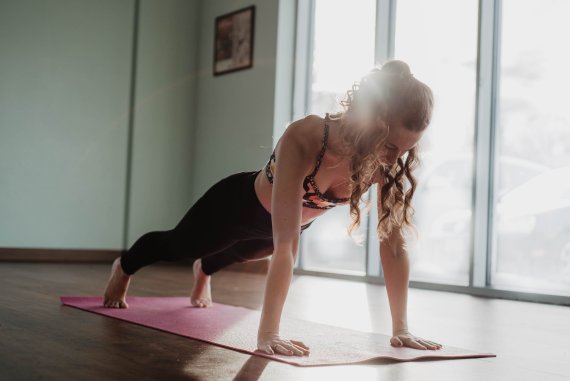
The cobra is the perfect asana for people with back pain. It stretches and strengthens the back and neck at the same time and often follows immediately after the push-up. It also stimulates the organs in the abdomen and has a positive effect on concentration.
How it works: In The Cobra, the entire body lies with the abdomen on the yoga mat. The hands and elbows rest on the floor while the shoulders, chest and neck move towards the sky. The muscles of the back, legs and buttocks are actively tensed. The sequence of Looking Down Dog, Plank Pose as well as The Cobra are an integral part of the classic Sun Salutation, which is often practiced in Yoga.
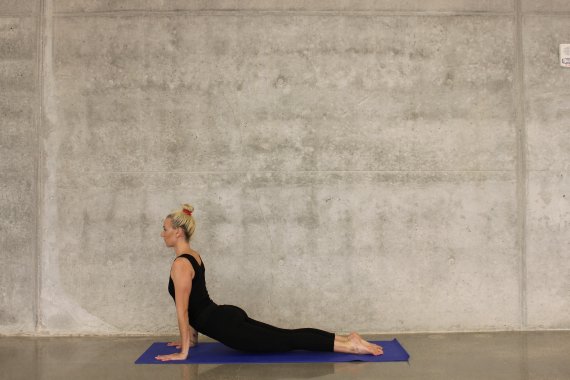
In the standing yoga exercise Trikonasana - or triangle - the energy fields in the body are activated. While the active body holds the position, the breath focuses on flowing once through the whole body from the toes to the fingertips. This has a positive effect on the balance and flexibility of the body.
How to do it: In triangle, position the legs along the mat in a three-legged position while placing one hand at the level of the foot and stretching the other straight up in the air. The important thing here is to open the chest, breathe deeply and keep all the muscles active, and not to buckle.
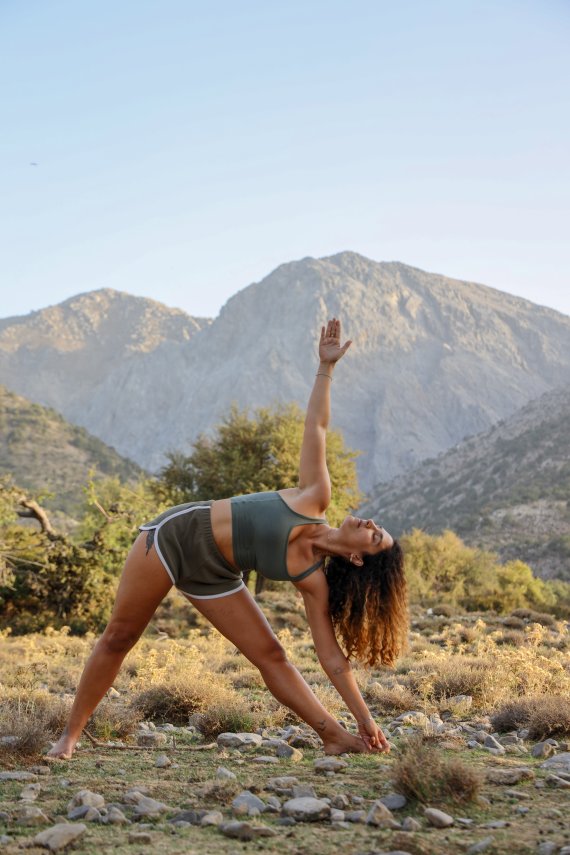
The tree is a single balancing act. The deep rootedness in the ground, the steadiness, and the lightness of the hands, make her name "The Tree" all honor. When practicing the tree, the inner sense of balance is sharpened, it also strengthens the leg muscles and opens the heart space.
How it works: In the standing asana, the body weight is shifted to only one foot. The other foot lifts off the floor and settles back down at the level of the knee. The higher the foot is positioned, the more challenging the asana. Next, the hands are either folded at the level of the chest for prayer pose, or extended up over the head. Just as if they were the crown of a tree.
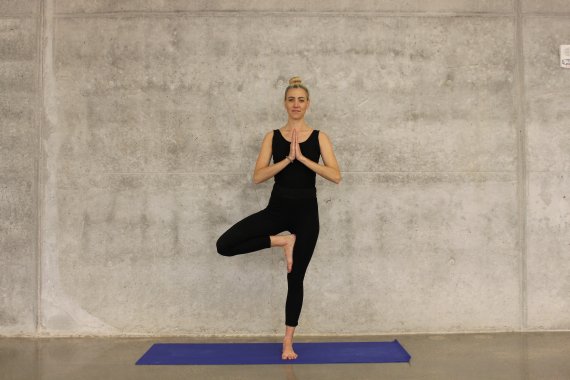
The child's pose - or balasana - is a calming and relaxing position used during the yoga session, or as one of the last exercises to relax the body. It relieves stress on the muscles, eyes, nerves and brain, relieves stress and helps with fatigue and headaches.
How to do it: In child's pose, kneel wide-legged on the yoga mat with your toes still touching a little. In a forward bend, the head, upper body and abdomen are now placed on the thighs and the floor. The buttocks press on the heels and the hands lie along the body on the floor.
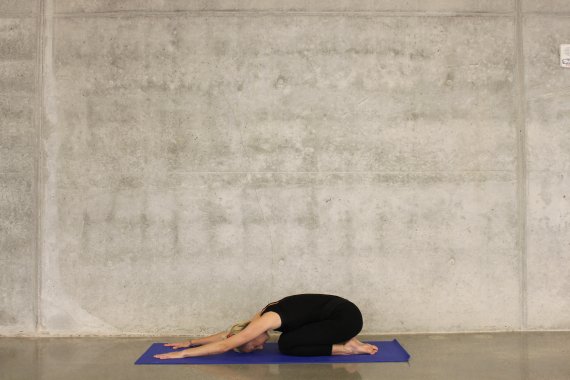
This yoga exercise looks simple, but it is one of the most important yoga asana of all. In Savasana, the body rests completely on the floor at the end of the yoga practice.
How it works: Lying on the back, the mind focuses on every part of the body, scanning it for possible tension. Mentally, one calls the body to fully relax and surrender to the yoga mat for several minutes in absolute silence. When performed correctly, Savasana is a meditation exercise that counteracts stress and releases tension.
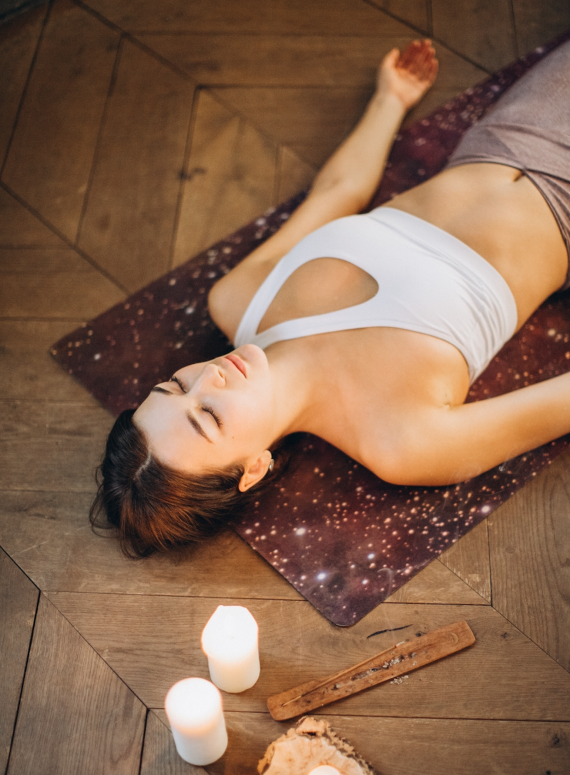
 Know-HowThe 11 Best TRX Exercises
Know-HowThe 11 Best TRX Exercises
- ISPO awards
- Mountain sports
- Bike
- Design
- Retail
- Fitness
- Health
- ISPO Job Market
- ISPO Munich
- ISPO Shanghai
- Running
- Brands
- Sustainability
- Olympia
- OutDoor
- Promotion
- Sports Business
- ISPO Textrends
- Triathlon
- Water sports
- Winter sports
- eSports
- SportsTech
- OutDoor by ISPO
- Heroes
- Transformation
- Sport Fashion
- Urban Culture
- Challenges of a CEO
- Trade fairs
- Sports
- Find the Balance
- Product reviews
- Newsletter Exclusive Area
- Magazine
